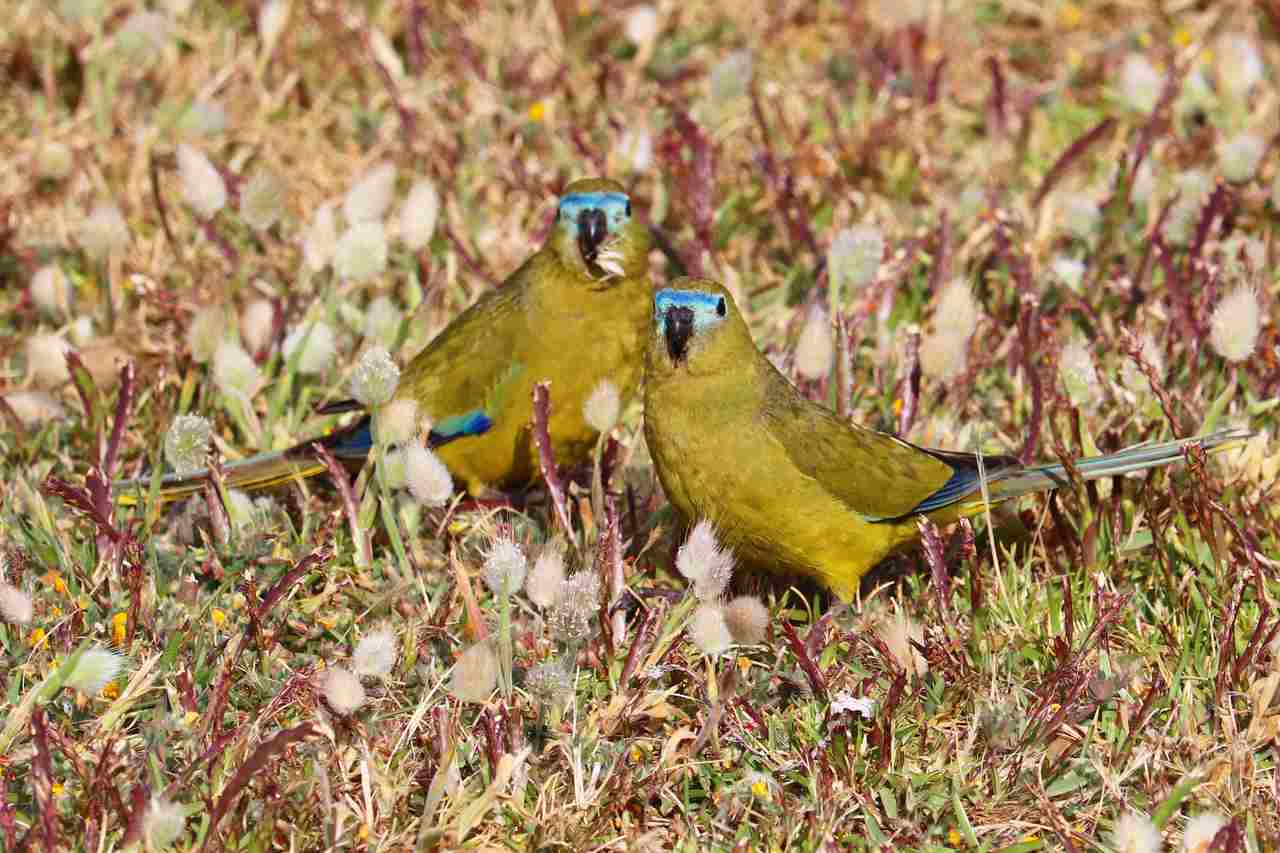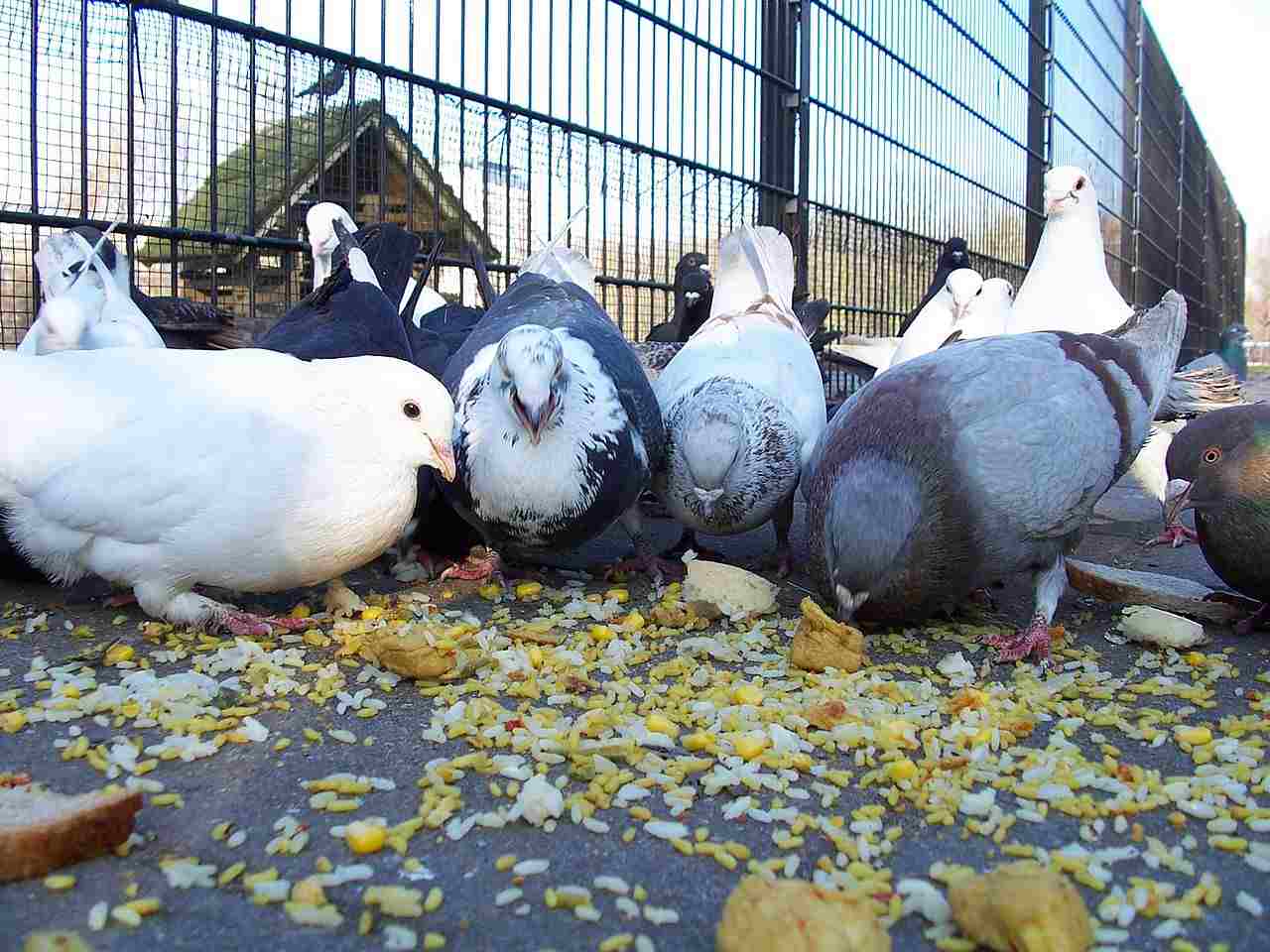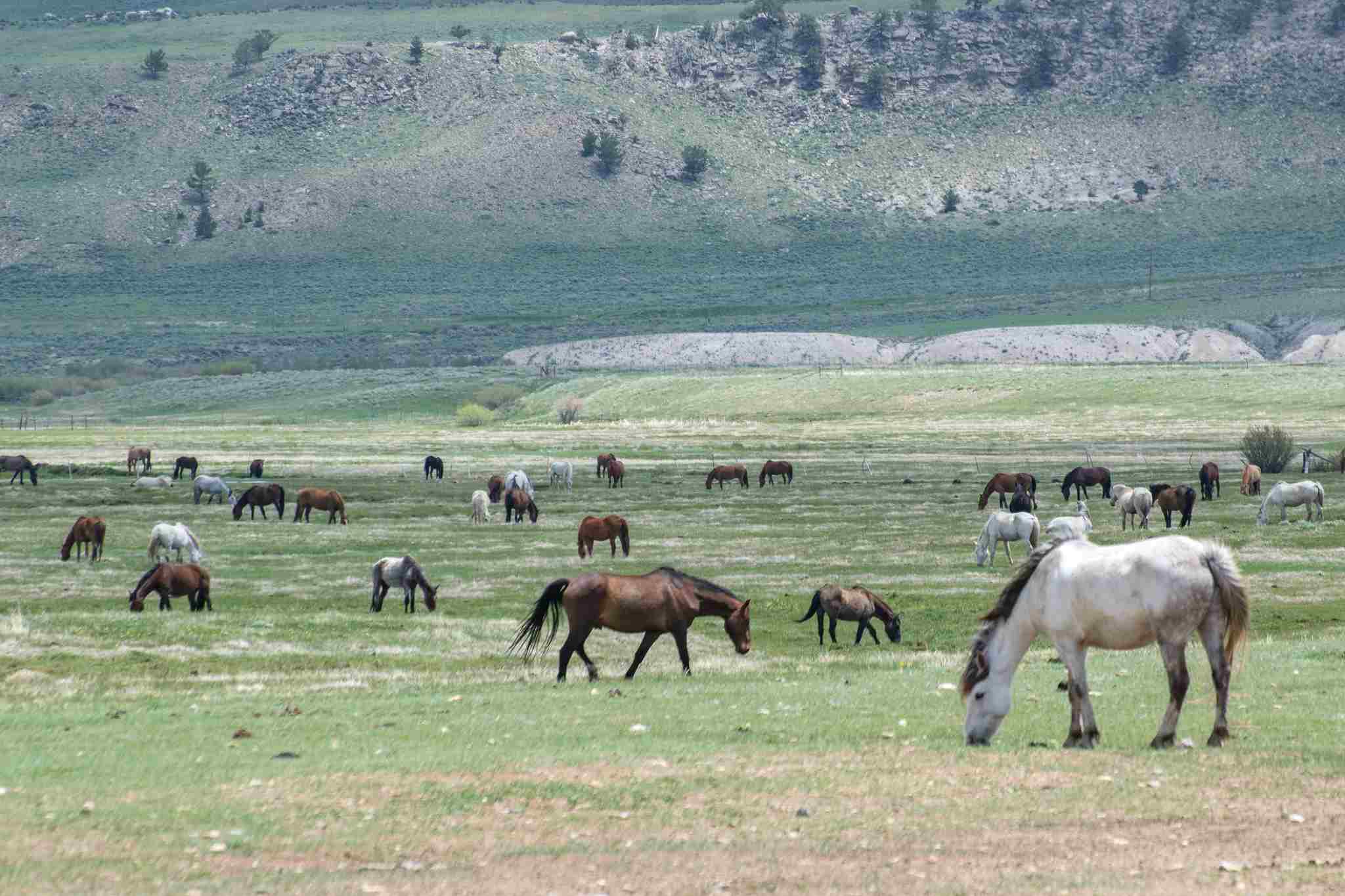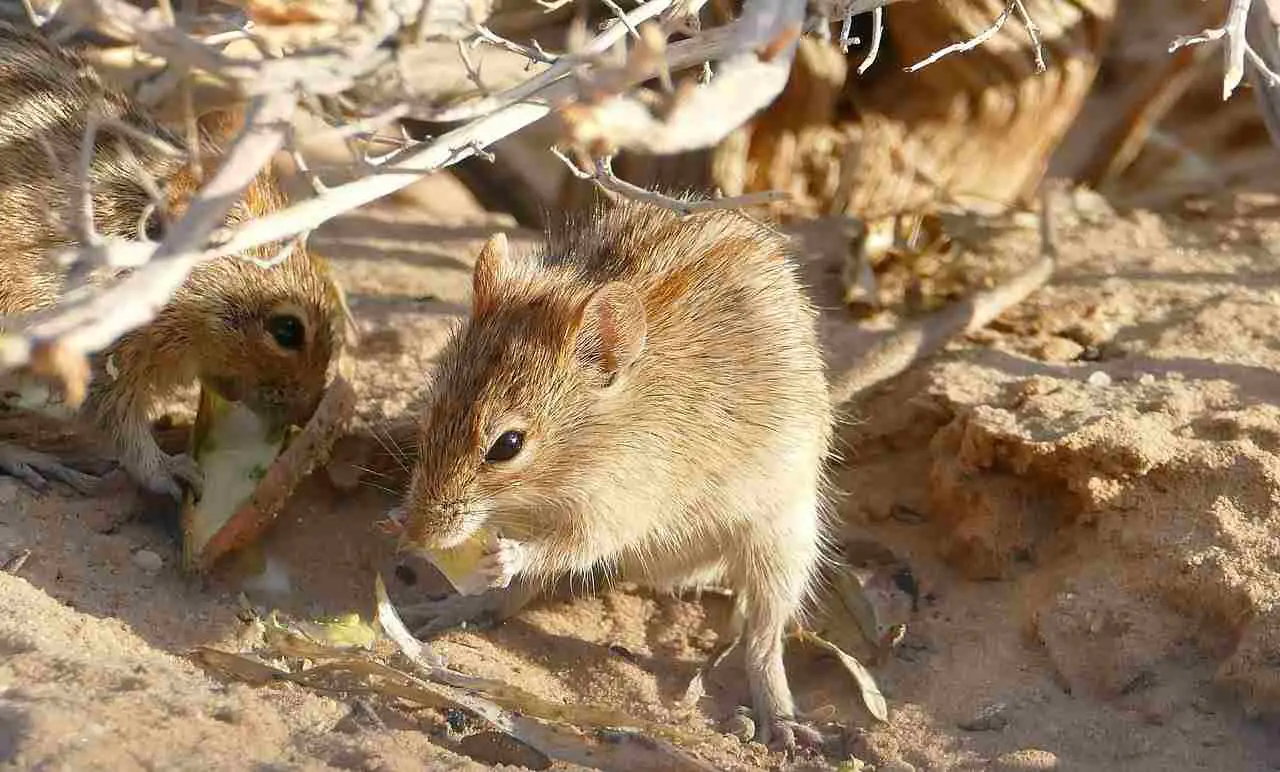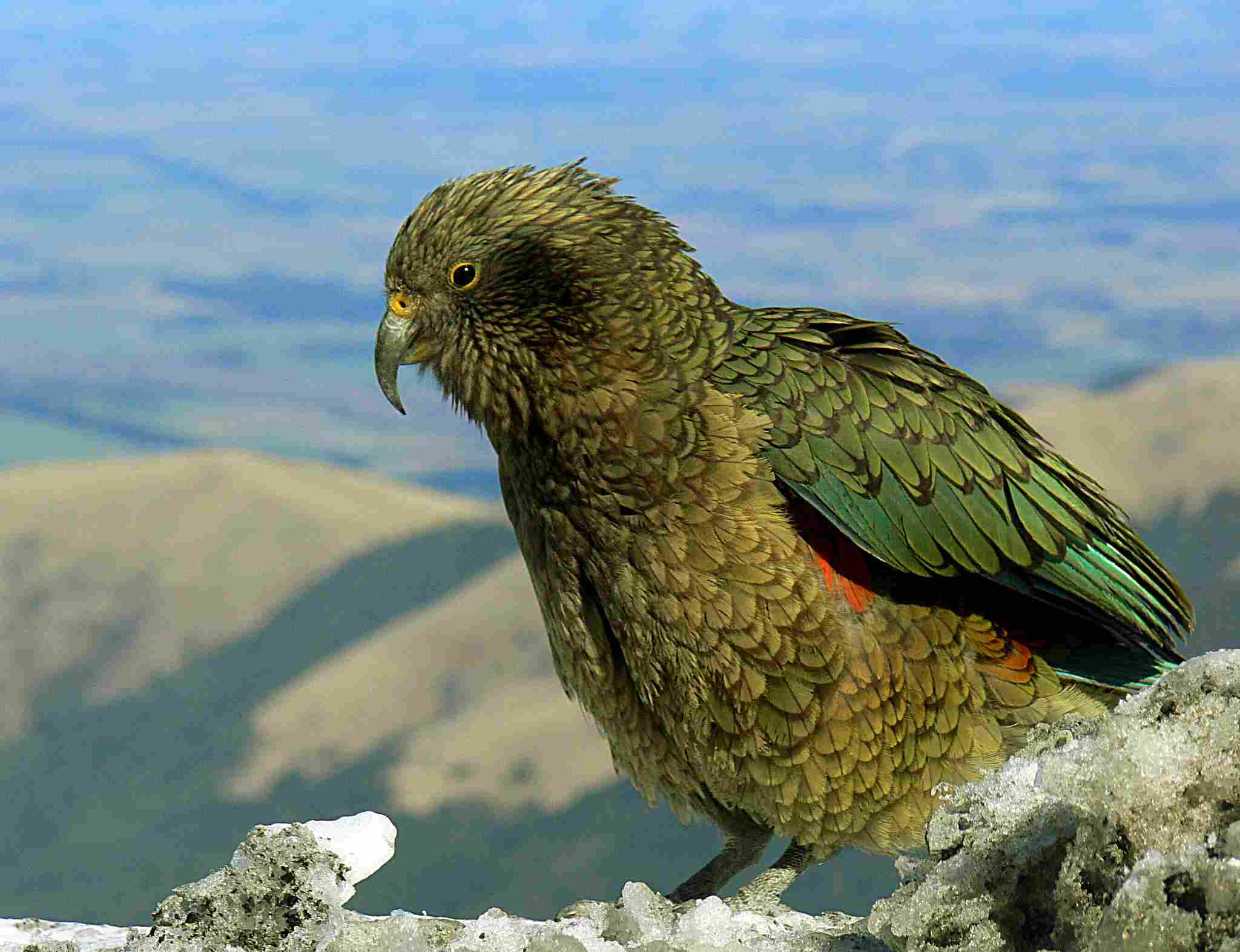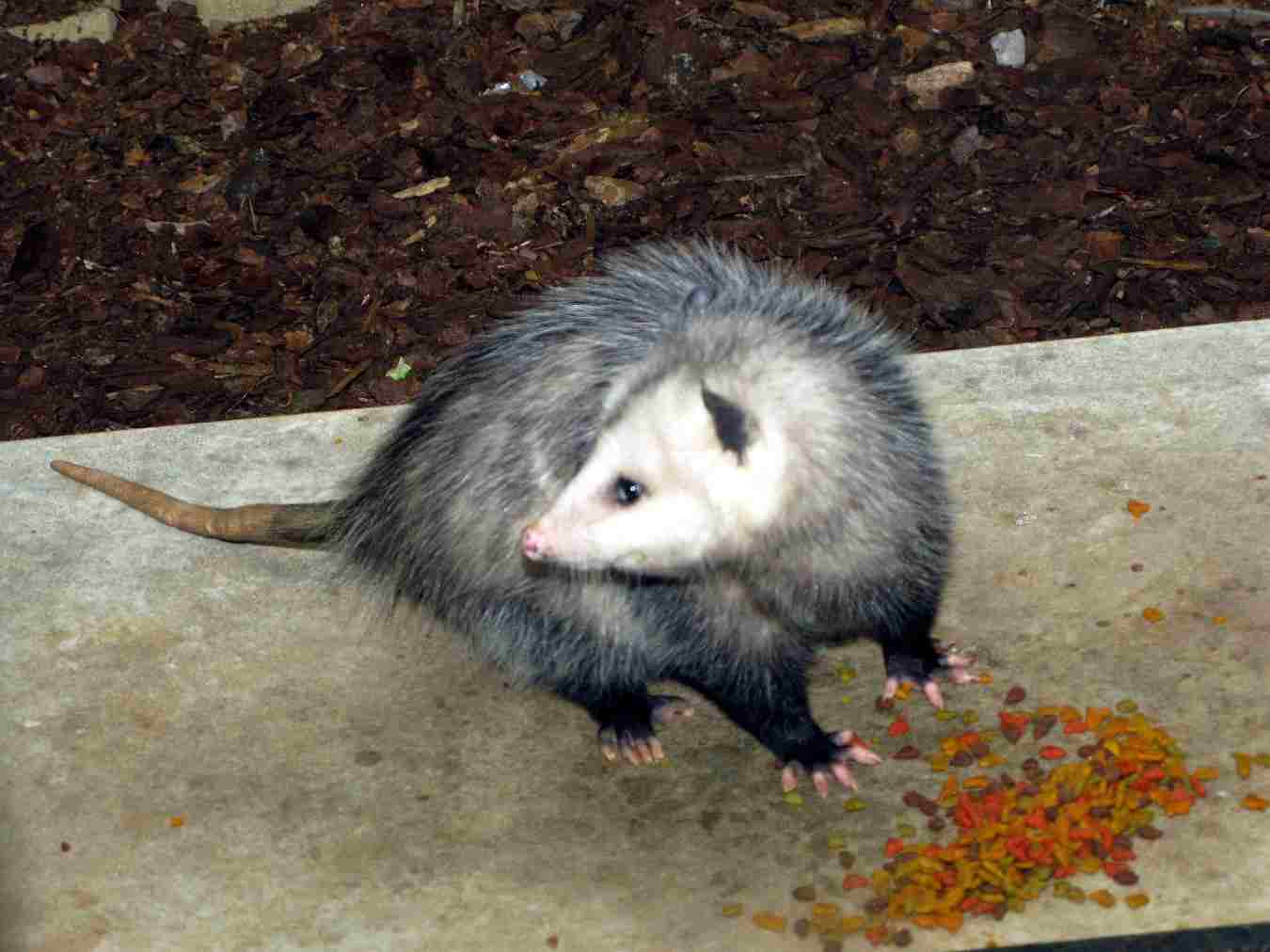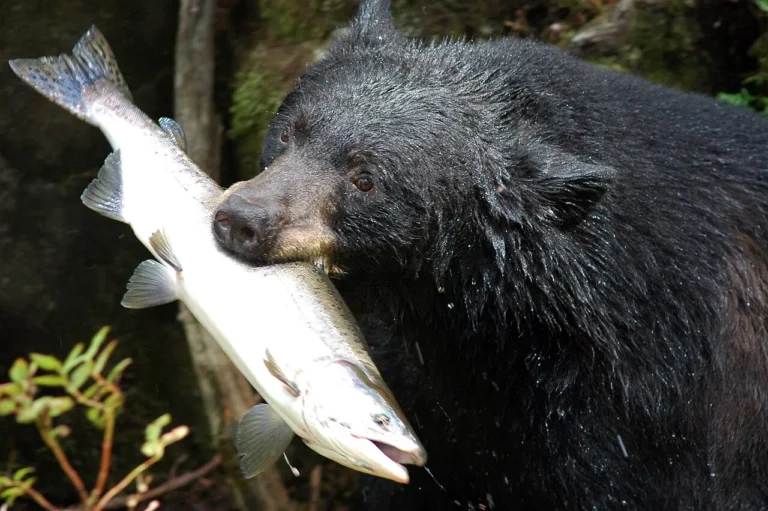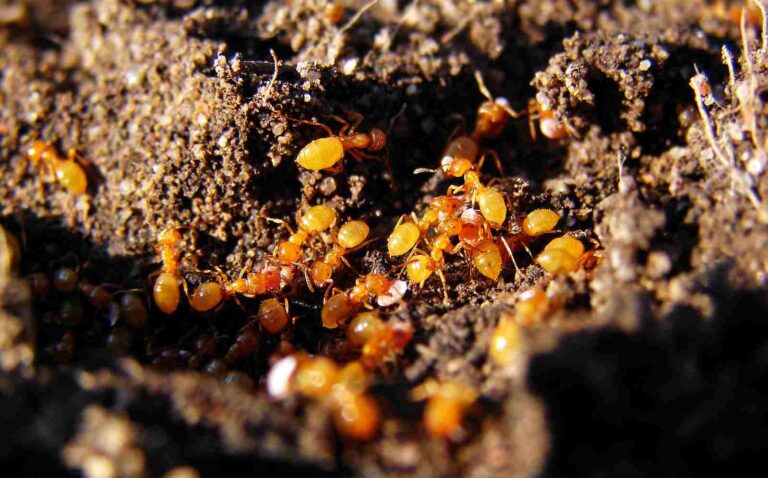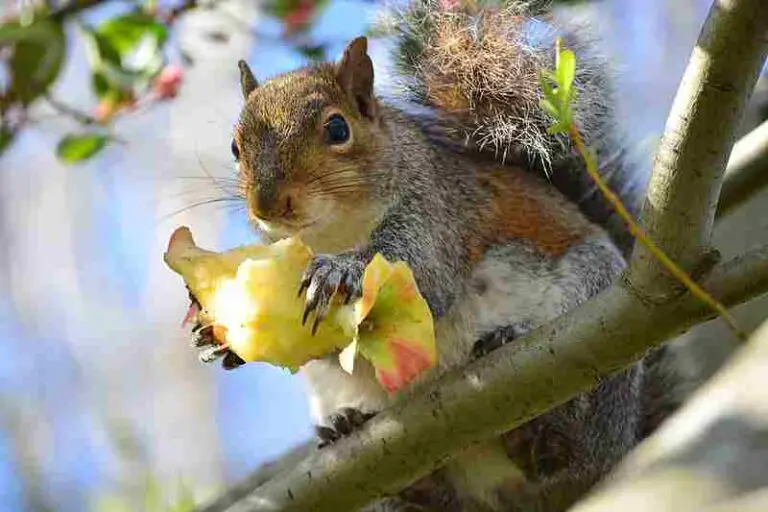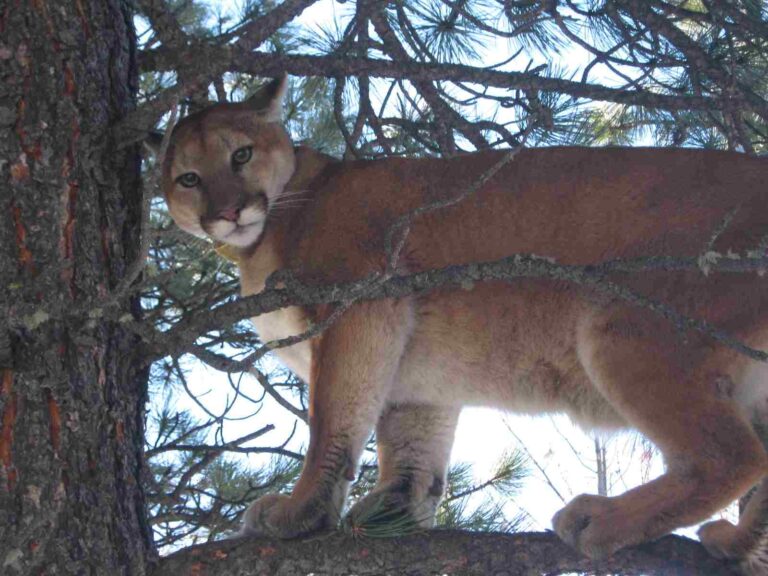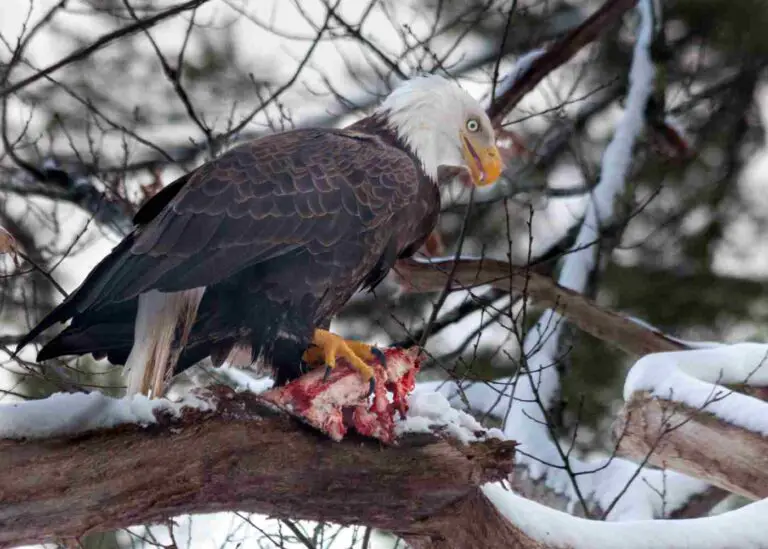What Do Parrots Eat in the Wild? Exploring Parrots’ Diet in the Wild
Parrots have a diverse diet that includes a variety of foods such as fruits, vegetables, seeds, flowers, insects, and nuts. What parrots eat can vary depending on their species, geographic location, and the availability of food sources in their natural habitat.
Fruits are a common part of a parrot’s diet, providing them with essential vitamins and minerals. Vegetables also play a crucial role in their nutrition, offering a range of nutrients and fiber. Seeds are another important food source for parrots, providing them with energy and essential fatty acids.
In addition to fruits, vegetables, and seeds, parrots also consume flowers, which can provide them with nectar and pollen. Insects are a source of protein for parrots, and they may feed on them to supplement their diet. Nuts are another favorite food of parrots, offering them healthy fats and nutrients.
What Do Wild Parrots Eat?
1. Fruits
Parrots have a diverse diet that includes a variety of fruits. Fruits are an important part of their natural diet in the wild. Parrots consume fruits for their nutritional value and as a source of hydration.
Some examples of fruits that parrots eat include papaya, mango, and bananas. Papaya is particularly beneficial for parrots as it is rich in vitamins A and C, which support their immune system and promote healthy feather growth. Additionally, papaya contains enzymes that aid in digestion, making it a valuable food for parrots.
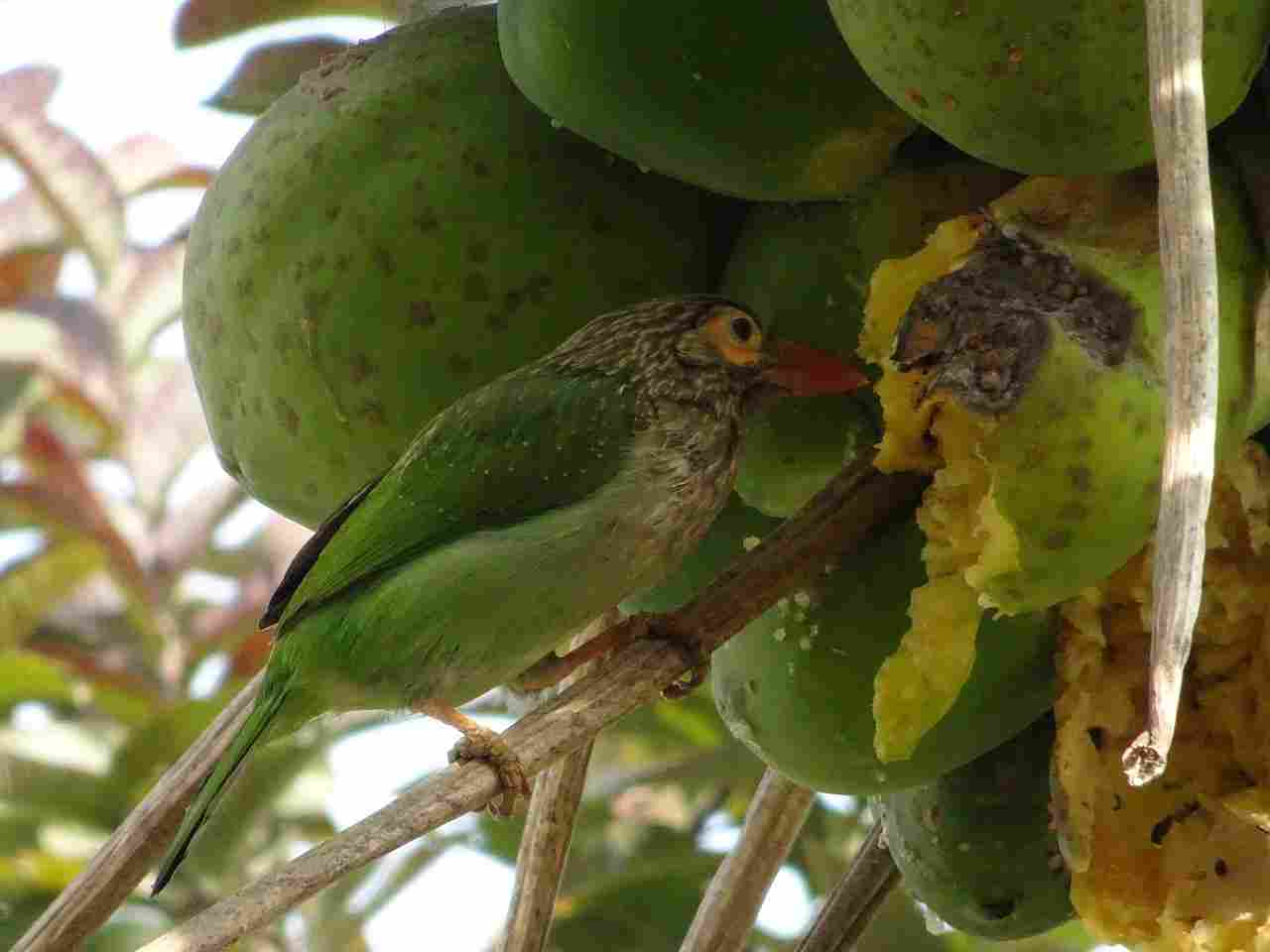
Fruits provide parrots with essential nutrients such as vitamins, minerals, and antioxidants. They are also a good source of natural sugars, which provide energy for these active birds.
When feeding fruits to parrots, it is important to offer them in moderation and ensure they are fresh and ripe. Avoid feeding them fruits that are toxic to birds, such as avocado.
2. Vegetables
Parrots have a diverse diet that includes a variety of vegetables. Vegetables are an essential part of their natural diet in the wild, providing them with important nutrients and promoting overall health.
One example of a vegetable that parrots eat is carrots. Carrots are rich in beta-carotene, which is converted into vitamin A in the body. Vitamin A is crucial for maintaining good vision and a healthy immune system in parrots. Another vegetable that parrots enjoy is broccoli. Broccoli is packed with vitamins C and K, as well as fiber, which aids in digestion.
Leafy greens, such as spinach and kale, are also beneficial for parrots. These vegetables are high in vitamins A and C, iron, and calcium. They contribute to strong bones, healthy feathers, and overall vitality in parrots.
In addition to these examples, parrots may also eat other vegetables like bell peppers, zucchini, and sweet potatoes. These vegetables provide a range of vitamins, minerals, and antioxidants that support the parrots’ well-being.
When offering vegetables to parrots, it is important to prepare them properly. Wash the vegetables thoroughly to remove any pesticides or dirt. Cut them into small, manageable pieces that are easy for the parrots to eat.
Introducing vegetables into a parrot’s diet may require some patience and persistence. Some parrots may be hesitant to try new foods, so it is important to offer a variety of vegetables and gradually increase their presence in the parrot’s diet.
3. Seeds
Parrots have a diverse diet that includes a variety of seeds. Seeds are a staple food for many parrot species in the wild, providing them with essential nutrients and energy. One example of seeds that parrots eat is sunflower seeds. Sunflower seeds are rich in healthy fats, protein, and fiber, making them a nutritious choice for parrots. Another common seed in a parrot’s diet is pumpkin seeds. Pumpkin seeds are packed with vitamins and minerals, including magnesium, zinc, and iron, which contribute to the overall health and well-being of parrots.
In addition to these examples, parrots may also consume other types of seeds, such as sesame seeds, flaxseeds, and chia seeds. These seeds offer a range of nutritional benefits, including omega-3 fatty acids, antioxidants, and fiber.
It is important to note that while seeds are an important part of a parrot’s diet, they should not be the sole source of nutrition. Parrots also require a variety of other foods, such as fruits, vegetables, and nuts, to ensure a balanced diet.
When offering seeds to parrots, it is crucial to provide them in moderation. Too many seeds can lead to obesity and other health issues in parrots. It is recommended to consult with a veterinarian or avian nutritionist to determine the appropriate amount of seeds to include in a parrot’s diet.
4. Flowers
Parrots also include flowers in their diet, which provide both nutritional value and visual appeal. Some examples of flowers that parrots eat include hibiscus, dandelions, and roses. Hibiscus flowers are rich in antioxidants and vitamin C, which help boost the immune system of parrots. Dandelions are a common flower that parrots enjoy, and they are packed with vitamins A, C, and K, as well as calcium and iron. Roses are another flower that parrots find enticing, and they offer a source of vitamin C and antioxidants.
Including flowers in a parrot’s diet not only adds variety but also provides additional nutrients. However, it is important to ensure that the flowers are safe for consumption and have not been treated with any harmful chemicals or pesticides. It is recommended to source organic flowers or grow them yourself to ensure their safety.
5. Nuts
Parrots have a diverse diet that includes a variety of nuts. Nuts are not only delicious but also provide essential nutrients for parrots’ overall health. Some examples of nuts that parrots eat include almonds, walnuts, and Brazil nuts.
Almonds are a great source of healthy fats, protein, and fiber. They also contain vitamin E, which is beneficial for parrots’ skin and feathers. Walnuts are rich in omega-3 fatty acids, which support brain health and reduce inflammation. Brazil nuts are high in selenium, a mineral that plays a crucial role in parrots’ immune system function.
Including nuts in a parrot’s diet provides them with essential nutrients and helps to keep their beaks strong and healthy. However, it’s important to remember that nuts should be given in moderation due to their high fat content. Too many nuts can lead to weight gain and other health issues.
When offering nuts to parrots, it’s best to provide them in their natural form, without any added salt or seasoning. This ensures that parrots receive the maximum nutritional benefits from the nuts. Additionally, it’s important to monitor the portion sizes and adjust them based on the size and activity level of the parrot.
6. Insects
Parrots have a varied diet that includes insects. Insects provide an important source of protein for parrots, which is essential for their growth and overall health. Some examples of insects that parrots eat include beetles, ants, termites, and caterpillars.
Parrots can find these insects in a variety of places, such as trees, bushes, and the ground. They use their strong beaks to catch and consume these small creatures. Insects also offer parrots the opportunity to engage in natural foraging behaviors, as they have to search for and capture their prey.
In addition to protein, insects also provide parrots with other important nutrients, such as vitamins and minerals. For example, beetles are rich in calcium, which is crucial for maintaining strong bones and beaks. Ants and termites are high in iron, which helps with oxygen transport in the body.
Including insects in a parrot’s diet helps to mimic their natural feeding habits in the wild. However, it’s important to ensure that the insects are safe and free from any pesticides or harmful substances.
Do Parrots Live In the Rainforest?
Parrots are most prominent in the rainforest, although they are found in countless other tropical habitats around the world, as well as some temperate environments where they have been introduced. The rainforest provides an ideal environment for parrots due to its abundance of food sources and diverse plant life.
In the rainforest, parrots have access to a wide variety of fruits, seeds, flowers, and nuts, which make up a significant portion of their diet. Fruits are a particularly important food source for parrots, as they are rich in vitamins, minerals, and antioxidants. Parrots use their strong beaks to crack open the tough outer shells of fruits and extract the nutritious flesh inside. Some examples of fruits that parrots consume in the rainforest include berries, figs, and palm fruits.
Seeds also play a crucial role in a parrot’s diet. Parrots have specialized beaks that allow them to crack open hard shells and extract the seeds inside. Seeds provide parrots with essential nutrients, such as carbohydrates and fats, which are important for energy and maintaining a healthy weight. Parrots in the rainforest feed on a variety of seeds, including those from trees, grasses, and shrubs.
In addition to fruits and seeds, parrots in the rainforest also consume flowers and plant shoots. Flowers provide parrots with nectar, which is a rich source of carbohydrates. Parrots play an important role in pollination by feeding on nectar and transferring pollen from one flower to another. Plant shoots, on the other hand, are young and tender parts of plants that provide parrots with essential vitamins and minerals.
The rainforest also offers parrots a diverse range of nuts, which are a valuable source of protein and healthy fats. Parrots use their beaks to crack open the hard shells of nuts and access the nutritious kernels inside. Nuts provide parrots with essential nutrients for growth, reproduction, and overall health.
Examples of Rainforests Where Parrots Can be Found
When it comes to rainforests, one of the first places that come to mind is the Amazon. The Amazon rainforest is home to a vast array of parrot species, making it a paradise for bird enthusiasts. With its dense vegetation and abundant food sources, the Amazon provides an ideal habitat for parrots to thrive.
Another rainforest where parrots can be found is the Congo Basin in Central Africa. This vast rainforest is teeming with biodiversity, and parrots are no exception. From the vibrant African grey parrots to the colorful macaws, the Congo Basin offers a diverse range of parrot species.
Moving to Southeast Asia, the Borneo rainforest is another hotspot for parrots. This tropical paradise is known for its rich flora and fauna, and parrots are an integral part of its ecosystem. The Borneo rainforest is home to unique parrot species, such as the Bornean black-banded owl parrot and the blue-crowned hanging parrot.
In South America, the Atlantic Forest is another rainforest where parrots can be found. This biodiverse region is home to various parrot species, including the critically endangered Spix’s macaw. The Atlantic Forest is known for its lush vegetation and is considered one of the world’s most important biodiversity hotspots.
Moving to Australia, the Daintree Rainforest is a prime location to spot parrots in the wild. This ancient rainforest is home to a wide range of parrot species, including the iconic rainbow lorikeet and the palm cockatoo. The Daintree Rainforest is not only a haven for parrots but also for other unique wildlife found only in Australia.
Lastly, the Papua New Guinea rainforest is a treasure trove for parrot enthusiasts. This remote rainforest is home to an incredible diversity of parrot species, including the stunning Raggiana bird-of-paradise and the eclectus parrot. Exploring the Papua New Guinea rainforest offers a chance to witness the beauty and uniqueness of these parrots in their natural habitat.
What Do Parrots Eat in the Rainforest?
Parrots in the rainforest have a diverse diet that consists of fruits, fibrous foliage, grains, nuts, seeds, plant shoots, and insects. Fruits play a significant role in their diet, providing them with essential nutrients and hydration. Parrots feed on a variety of fruits, including berries, figs, and palm fruits, which are abundant in the rainforest. These fruits are not only a source of energy but also contain vitamins and minerals necessary for their overall health.
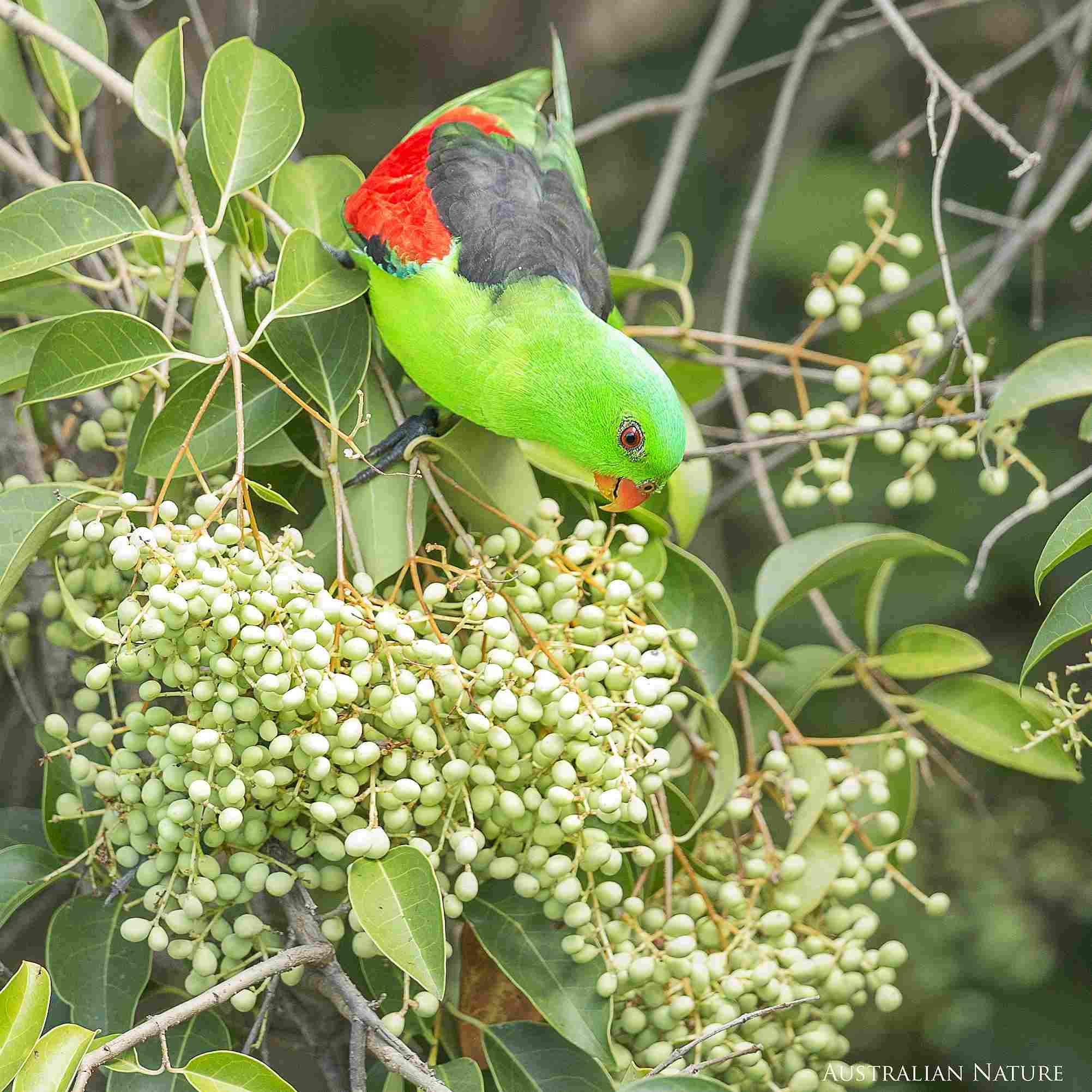
In addition to fruits, parrots in the rainforest also consume fibrous foliage. They feed on leaves, buds, and young shoots of various plants, which provide them with dietary fiber and help maintain their digestive system. Seeds are another important component of their diet, as they are a rich source of protein and fats. Parrots have strong beaks that allow them to crack open hard shells and extract the nutritious seeds inside.
Plant shoots are also part of a parrot’s diet in the rainforest. These tender and young shoots provide them with essential nutrients and are easily digestible. Parrots also have a taste for insects, which they hunt and consume as a source of protein. Insects like ants, termites, and beetles are readily available in the rainforest and serve as a valuable food source for parrots.
What Do Parrots Eat and Drink?
Parrots have a diverse diet that includes a variety of foods and beverages. They consume nuts like almonds, which provide them with essential fats and proteins. Fruits such as oranges and bananas are also a significant part of their diet, offering them a source of natural sugars, vitamins, and minerals. Parrots also enjoy vegetables like carrots, which are rich in nutrients and help maintain their overall health.
In addition to nuts, fruits, and vegetables, parrots also consume grains like corn and wheat. These grains provide them with carbohydrates and fiber, which are important for their energy levels and digestive system. Parrots have a unique ability to extract water from their food, so they can stay hydrated even without drinking water directly. However, it is still important to provide them with fresh water in a feeder to ensure they have access to it whenever they need it.
Parrots are known to be intelligent creatures, and they have the ability to learn how to use a water feeder. This allows them to drink water whenever they feel thirsty. However, they can also extract water from the food they eat, especially fruits and vegetables that have a high water content. This adaptation helps them survive in their natural habitat where water sources may not always be readily available.
Conclusion
* In conclusion, wild parrots have a diverse diet that consists of fruits, vegetables, seeds, flowers, nuts, and insects. They are adaptable creatures that can thrive in various environments, including rainforests.
* Parrots living in the rainforest have access to a wide range of food sources. They can find an abundance of fruits, such as berries, figs, and mangoes, which provide them with essential vitamins and minerals. Additionally, rainforest parrots have the opportunity to feast on a variety of colorful flowers, which not only add beauty to their surroundings but also serve as a source of nectar and pollen.
* It is important to note that parrots also consume a significant amount of seeds in their diet. Seeds provide them with essential nutrients and are a great source of energy. Parrots have strong beaks that allow them to crack open hard shells and extract the nutritious seeds inside.
* Nuts are another important component of a parrot’s diet. They are rich in healthy fats and proteins, which are essential for their overall health and well-being. Parrots have the ability to crack open nuts with their beaks and enjoy the tasty treat inside.
* Insects play a crucial role in the diet of some parrot species. They provide an additional source of protein and are often sought after by parrots during breeding seasons when they need extra energy to raise their young. Parrots can be seen foraging for insects in trees and on the ground, using their sharp beaks to catch their prey.
* Parrots have the ability to extract water from their food, which helps them stay hydrated in their natural habitat. However, it is still important to provide them with fresh water in a feeder to ensure they have access to it whenever they need it. Water is essential for their overall health and helps with digestion and temperature regulation.
* Parrots have a diverse and adaptable diet in the wild. They consume a variety of fruits, vegetables, seeds, flowers, nuts, and insects to meet their nutritional needs. Their ability to extract water from their food allows them to stay hydrated even in environments where water sources may be limited. Understanding the natural diet of parrots is crucial for their well-being in captivity, as it helps replicate their natural feeding habits and ensures they receive the necessary nutrients for a healthy life.
* By providing a balanced and varied diet that mimics their natural food sources, we can help parrots thrive and maintain their vibrant colors and energetic personalities. So, whether you have a pet parrot or simply admire these beautiful birds in the wild, it is important to appreciate and respect their dietary needs.
FAQs
1. What Do Parrots Like to Eat?
Parrots have a diverse diet in the wild, consisting of a variety of fruits, nuts, seeds, and vegetation. They are known to enjoy a wide range of foods, including fruits like bananas and papayas, as well as vegetables such as carrots, zucchini, and kale. Parrots are also fond of nuts like almonds and walnuts, which provide them with essential fats and proteins.
In their natural habitat, parrots have access to a wide array of food sources, allowing them to meet their nutritional needs. They are opportunistic feeders and will consume whatever is available in their environment. This includes flowers, buds, leaves, and even the bark of certain trees.
Parrots are also known to forage for food, using their strong beaks to crack open nuts and seeds. This behavior not only provides them with sustenance but also helps to keep their beaks healthy and strong.
It’s important to note that the specific diet of a parrot can vary depending on its species and the region it inhabits. Some parrots may have preferences for certain types of fruits or nuts, while others may have adapted to eat specific plants or seeds found in their natural habitat.
2. What is a Parrot’s Favorite Food?
Parrots have a wide range of favorite foods in the wild. One of their favorites is bananas, which provide them with essential vitamins and minerals. Another favorite is papayas, which are rich in antioxidants and help support their immune system. In addition to fruits, parrots also enjoy vegetables like carrots, which are a great source of beta-carotene, and zucchini, which provides them with hydration and fiber. Kale is another favorite, as it is packed with nutrients like vitamin C and calcium.
These favorite foods not only provide parrots with the necessary nutrients for their overall health but also offer them a variety of flavors and textures to enjoy. By incorporating these foods into their diet, parrots can maintain a balanced and nutritious eating routine in their natural habitat.
3. Can a Parrot Eat Meat?
Parrots are omnivores, which means they have the ability to eat both plant-based and animal-based foods. While their diet primarily consists of fruits, vegetables, nuts, and seeds, parrots can also consume small amounts of meat. However, it is important to note that meat should only be given to parrots occasionally and in small quantities.
Including meat in a parrot’s diet can provide them with additional protein and certain essential nutrients. Some suitable options include cooked chicken or turkey, as these lean meats are low in fat and can be easily digested by parrots. It is crucial to ensure that the meat is thoroughly cooked and free from any seasonings or additives that may be harmful to the bird.
4. Can Parrots Have Rice?
Yes, parrots can have rice as part of their diet. Rice is a healthy grain that can provide essential carbohydrates and energy for parrots. However, it is important to note that rice should be given to parrots in moderation. Too much rice can lead to weight gain and potential health issues.
Additionally, it is recommended to offer cooked rice to parrots rather than raw rice, as cooked rice is easier for them to digest.
5. Can Parrots Eat Bread?
Parrots can eat bread, but it should be given in small amounts sparingly. Bread is not a natural part of a parrot’s diet and should not be a staple food. While some parrots may enjoy the taste of bread, it is important to remember that it is not nutritionally balanced for them.
Feeding parrots large amounts of bread on a regular basis is not recommended. Bread is high in carbohydrates and can lead to weight gain and potential health issues if consumed in excess. Additionally, some types of bread may contain ingredients that are harmful to parrots, such as added sugars or preservatives.
Whether or not a parrot can eat bread also depends on the species. Some parrots may have more sensitive digestive systems and may not tolerate bread well. It is always best to consult with a veterinarian or avian specialist to determine what foods are safe and appropriate for your specific parrot species.
6. What Does a Green Parrot Eat?
Green parrots, like other parrot species, have specific dietary needs to thrive in the wild. Their diet primarily consists of fruits, seeds, nuts, and vegetation. Fruits such as berries, apples, and oranges provide essential vitamins and minerals for their overall health. Seeds and nuts, like sunflower seeds and almonds, are a great source of protein and healthy fats.
In addition to fruits, seeds, and nuts, green parrots also consume various types of vegetation. They enjoy munching on fresh leaves, flowers, and even bark. This helps them obtain additional nutrients and aids in their digestion.
It’s important to note that green parrots have a strong beak that allows them to crack open hard shells and extract the nutritious contents inside. This includes seeds, nuts, and even certain types of fruits with tough exteriors.
To ensure the well-being of green parrots in captivity, it is crucial to replicate their natural diet as closely as possible. This can be achieved by offering a variety of fresh fruits, seeds, nuts, and leafy greens. It is also recommended to consult with an avian specialist or veterinarian to ensure that the diet is balanced and meets the specific nutritional needs of green parrots.
7. What do Parrots Eat and Drink?
Parrots have specific dietary needs when it comes to both food and drink. In the wild, parrots primarily eat a variety of fruits, seeds, nuts, and vegetation. Fruits such as berries, apples, and oranges provide essential vitamins and minerals for their overall health. Seeds and nuts, like sunflower seeds and almonds, are a great source of protein and healthy fats. Parrots also consume various types of vegetation, including fresh leaves, flowers, and even bark, to obtain additional nutrients and aid in digestion.
When it comes to drinking, parrots rely on fresh water to stay hydrated. They need access to clean water at all times to maintain their overall health and well-being. It’s important to provide parrots with a fresh supply of water daily and ensure that the water is changed regularly to prevent contamination.
In captivity, it is crucial to replicate a parrot’s natural diet as closely as possible. This can be achieved by offering a variety of fresh fruits, seeds, nuts, and leafy greens. Additionally, providing clean and fresh water is essential for their hydration needs. Consulting with an avian specialist or veterinarian can help ensure that the diet and water requirements of parrots are met to keep them healthy and thriving.
8. Does a Parrot Eat Chillies?
Parrots can eat chillies, but it is important to feed them sparingly and in combination with other foods. Chillies contain nutrients that can benefit parrots, but if fed in excess, they may cause deficiencies, sensitivities, or digestion issues. It is crucial to provide a balanced diet for parrots that includes a variety of fruits, vegetables, seeds, and nuts.
Including chillies as part of their diet can add variety and provide some health benefits, but it should not be the main component of their meals. Consulting with an avian specialist or veterinarian can help determine the appropriate amount of chillies to include in a parrot’s diet to ensure their overall health and well-being.
9. What Vegetables Can Parrots Eat?
Parrots can eat a variety of vegetables as part of their diet. Some vegetables that are safe and nutritious for parrots include carrots, broccoli, spinach, kale, sweet potatoes, and bell peppers. These vegetables provide essential vitamins, minerals, and antioxidants that contribute to the overall health and well-being of parrots.
When introducing vegetables to a parrot’s diet, it is important to wash them thoroughly and cut them into appropriate sizes. Offering a mix of different vegetables can help provide a balanced diet and prevent boredom.
10. Where do Parrots Live?
Parrots mostly live in rainforests, which provide them with the ideal habitat for their survival. Rainforests offer a diverse range of food sources, including fruits, nuts, seeds, and flowers, which are essential for a parrot’s diet. The lush vegetation and abundant rainfall in rainforests create a thriving ecosystem that supports the diverse species of parrots.
In addition to rainforests, parrots can also be found in other habitats such as savannas, grasslands, and coastal regions. Some species of parrots have adapted to live in arid environments, while others inhabit mountainous regions. Each habitat offers unique resources and challenges for parrots, shaping their behavior and feeding habits.
Parrots are highly adaptable birds and can be found in various parts of the world, including South America, Central America, Africa, Australia, and Asia. They have successfully colonized different regions due to their ability to adapt to different climates and food sources.
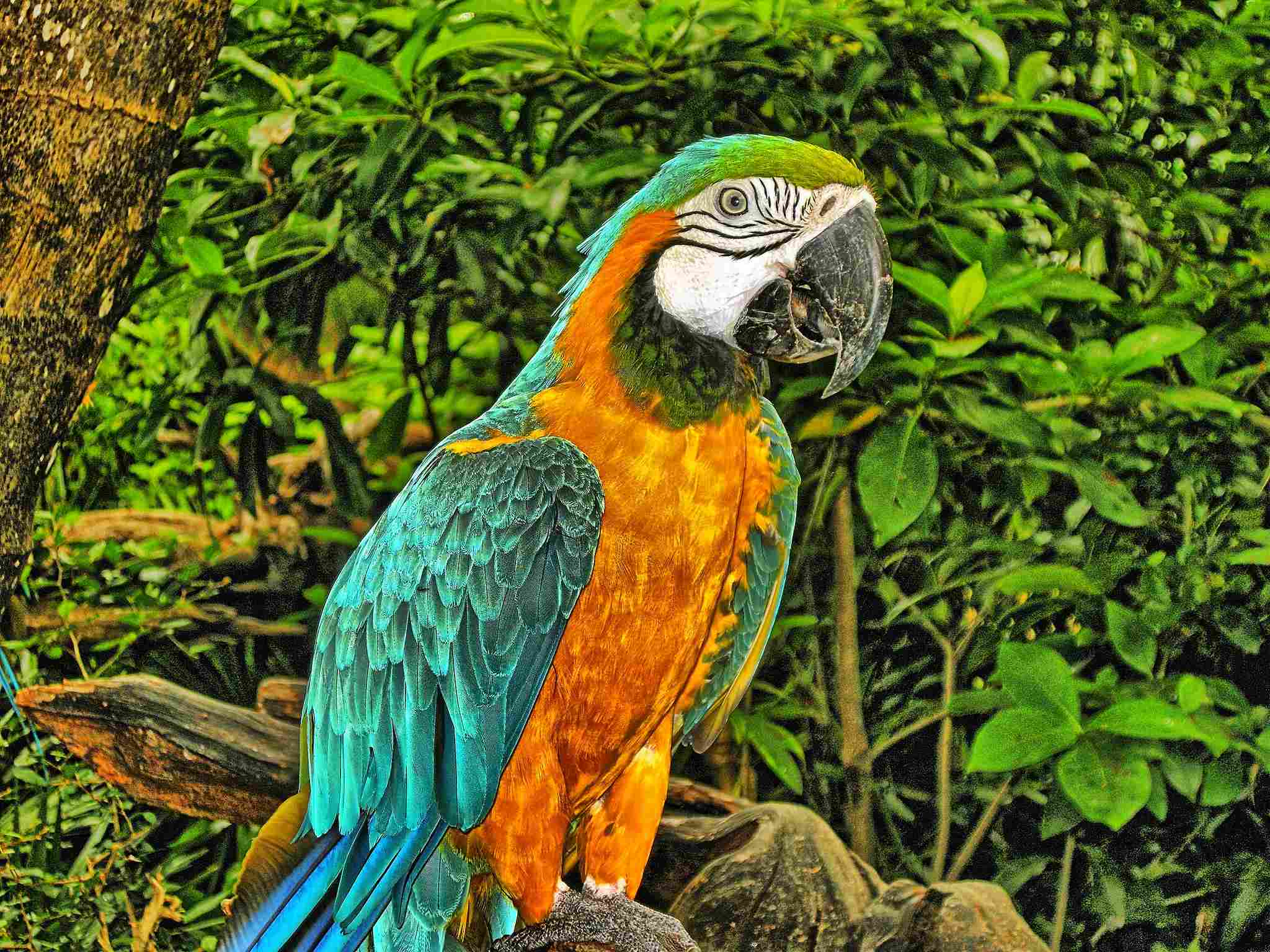
11. What do Parrots Drink?
Parrots primarily drink water to quench their thirst. Water is essential for their overall health and well-being. In the wild, parrots obtain water from various sources such as rainwater, dew on leaves, and natural water bodies like rivers and streams.
They may also drink from puddles or water collected in tree hollows. Parrots have a keen sense of finding water sources, especially during dry seasons when water may be scarce. Ensuring that parrots have access to clean and fresh water is crucial for their hydration and proper bodily functions.
12. How Long do Parrots Live in The Rainforest?
Parrots can live for several decades in the rainforest, with some species reaching up to 60 years of age. The oldest known parrot lived to be 112 years old. The lifespan of a parrot in the rainforest depends on various environmental factors such as availability of food, water, shelter, and the absence of predators.
In the rainforest, parrots have adapted to their surroundings and developed strategies to increase their chances of survival. They form flocks, which provide safety in numbers and help them find food and water sources. Parrots also rely on the dense vegetation of the rainforest for shelter and nesting.
The abundance of fruits, seeds, nuts, and vegetation in the rainforest provides a diverse and nutritious diet for parrots, contributing to their longevity. Additionally, the absence of extreme weather conditions and the stable climate of the rainforest contribute to the extended lifespan of these colorful birds.
13. How do Parrots Survive in the Rainforest?
Parrots have developed unique adaptations that enable them to thrive in the challenging rainforest environment. One key survival strategy is their ability to find shelter. Parrots often seek refuge in the dense vegetation of the rainforest, using the leaves and branches to hide from predators and harsh weather conditions.
Another important aspect of their survival is their tendency to live in flocks. By forming large groups, parrots increase their chances of finding food and water sources, while also providing protection against predators. Living in flocks also allows for social interaction and communication among the birds.
In terms of diet, parrots feed on a variety of fruits, seeds, nuts, and vegetation found in the rainforest. This diverse diet provides them with the necessary nutrients to sustain their energy levels and overall health.
14. Do Macaws Live in the Rainforest?
Macaws are known for their vibrant colors and are often associated with the lush rainforest habitat. Yes, macaws do live in the rainforest. These magnificent birds are native to the tropical regions of Central and South America, where they can be found in the dense canopies of the rainforest.
The rainforest provides macaws with the ideal environment to thrive. The tall trees offer them ample space to fly and build their nests, while the abundance of fruits, nuts, and seeds ensures a plentiful food supply. Macaws are highly adaptable and have evolved to make the rainforest their home, relying on its resources for their survival.
Living in the rainforest also offers macaws protection from predators, as the dense vegetation provides cover and makes it difficult for predators to spot them.
15. What Eats Parrots in the Rainforest?
In the rainforest, parrots face a variety of predators that pose a threat to their survival. Mainly, parrots are preyed upon by raptors such as eagles, hawks, and owls. These birds of prey have keen eyesight and sharp talons, making them formidable hunters in the rainforest canopy. Additionally, reptiles like boas are known to prey on parrots, using their powerful bodies to constrict and suffocate their prey.
Predatory mammals also pose a risk to parrots in the rainforest. Some felines, such as jaguars and ocelots, are skilled climbers and can ambush parrots from the trees. These stealthy predators rely on their agility and sharp teeth to capture their prey.
To survive in this predator-rich environment, parrots have developed various defense mechanisms. They have evolved vibrant plumage that helps them blend into the colorful foliage of the rainforest, making it harder for predators to spot them. Parrots also have the ability to fly swiftly and maneuver through the dense vegetation, allowing them to escape from potential threats.
16. Do Macaws Eat Other Birds?
Macaws, typically, do not eat other birds. Their diet primarily consists of insects such as grasshoppers, beetles, and ants. They also consume mollusks like snails. However, macaws are not known to prey on mammals, reptiles, or other birds.
Macaws have a diverse diet that includes fruits, nuts, seeds, and vegetation. They rely on these food sources to meet their nutritional needs and maintain their vibrant plumage. While macaws may interact with other bird species in their habitat, their interactions are usually social rather than predatory.
Macaws are known for their striking colors and relatively large size. Their diet reflects their adaptation to the environment and their role as seed dispersers. By consuming a variety of foods, macaws contribute to the ecological balance of the rainforest ecosystem.
17. Do Macaws Eat Bamboo?
Yes, macaws do eat bamboo. Bamboo is a part of their diet, specifically the leaves and shoots. Macaws are known to consume the tender shoots of bamboo, which can be cooked to soften them before eating. Bamboo provides a source of nutrition for macaws, offering them essential nutrients and fiber.
Macaws have a diverse diet that includes a variety of fruits, nuts, seeds, and vegetation. Bamboo is just one of the many plant-based foods that macaws consume to meet their nutritional needs. By including bamboo in their diet, macaws contribute to the ecological balance of their habitat, as they help disperse bamboo seeds and promote the growth of bamboo forests.
18. Do Macaws Eat Grasshoppers?
Yes, macaws do eat grasshoppers. Grasshoppers are a part of their diet, providing them with a source of protein and nutrients. Macaws are known to catch and consume grasshoppers as a way to supplement their diet. Grasshoppers are abundant in the rainforest, making them easily accessible for macaws.
Including grasshoppers in their diet allows macaws to diversify their food intake and obtain essential nutrients that may not be found in other foods. Grasshoppers also provide macaws with a natural source of protein, which is important for their overall health and well-being.
By consuming grasshoppers, macaws play a role in the ecological balance of the rainforest, as they help control the population of these insects. Macaws’ ability to adapt their diet to include grasshoppers showcases their resourcefulness and adaptability in their natural habitat.
19. Do Macaws Eat Coconuts?
Yes, macaws do eat coconuts. Coconuts provide macaws with a source of fiber and nutrients in their diet. Macaws are known to crack open coconuts with their strong beaks to access the meat and water inside. Coconuts are a natural food source for macaws in their native rainforest habitat.
Including coconuts in their diet allows macaws to obtain essential nutrients and maintain a balanced diet. The fiber content in coconuts also aids in digestion for these birds. Macaws’ ability to consume coconuts showcases their adaptability and resourcefulness in finding food sources in the rainforest.
Coconuts play a role in the ecological balance of the rainforest as well. Macaws help disperse coconut seeds through their feeding habits, contributing to the growth and regeneration of coconut trees in the rainforest.
20. What Do Trees Do for Birds in the Rainforest?
Trees play a crucial role in the lives of birds in the rainforest. They provide a habitat for birds to nest, roost, and find food. The dense foliage of trees offers protection from predators and harsh weather conditions. Birds also rely on trees for their food source, as many trees in the rainforest bear fruits, nuts, and seeds that birds feed on.
Additionally, trees act as a natural perching spot for birds, allowing them to rest and observe their surroundings. The interconnected canopy of trees creates a network of travel routes for birds, enabling them to move through the rainforest and find resources. Overall, trees are essential for the survival and well-being of birds in the rainforest ecosystem.
